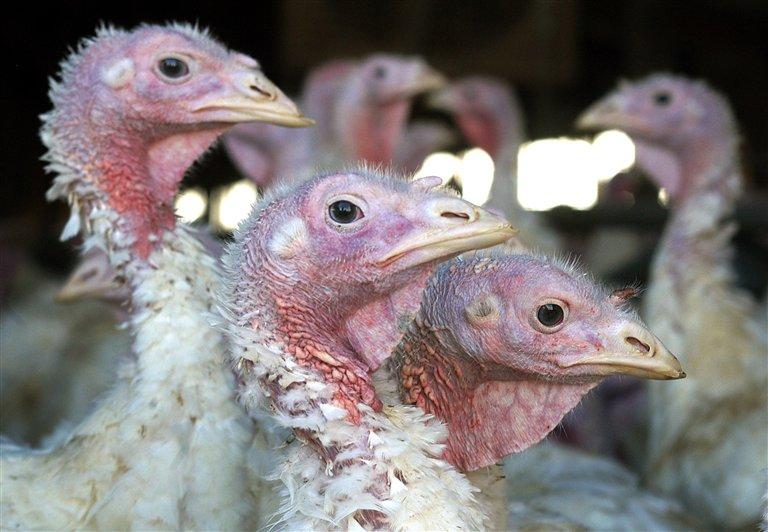As a new outbreak of Avian Flu spreads, people are naturally wondering whether the bird flu can cross over to humans, or even affect their pets.
The highly-contagious bird flu strain, designated as H5N2, has spread to 14 farms in Minnesota, affecting 94,00 turkeys, reported the West Central Tribune. The current strain of avian influenza, which is carried by wild waterfowl, originated on a large scale in Oregon and Washington in December 2014 and has been moving west. It reached Minnesota in late March, and cases have recently cropped up in North Dakota and South Dakota.
The strain recently crossed over from turkeys to chickens, appearing in a 200,000-strong commercial chicken flock in Wisconsin this week, according to the U.S. Department of Agriculture.
Bird flu can cross over to humans and other animals, although both instances are rare.
To cut the risk of a crossover, authorities quickly cull infected flocks when the influenza is detected.
“No human infections with these viruses have been detected in the United States, Canada or internationally at this time, however, similar viruses have infected people. It’s possible that human infections with these viruses may occur,” according to the Centers for Disease Control (CDC). “While human infections are possible, infection with avian influenza viruses in general are rare and--when they occur--these viruses have not spread easily to other people.”
The new virus is genetically different from the avian H5N1 viruses that killed many people in countries in Africa and Asia in the past.





